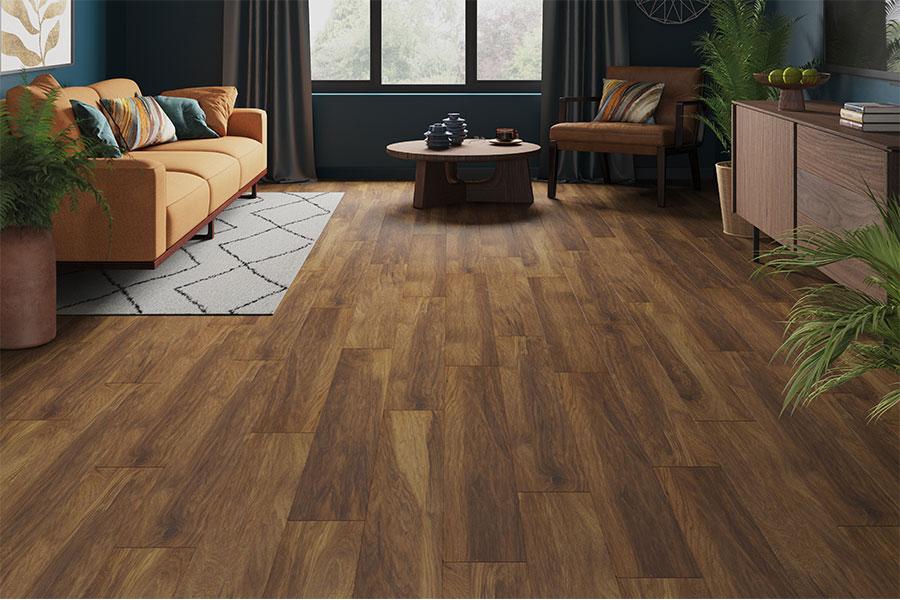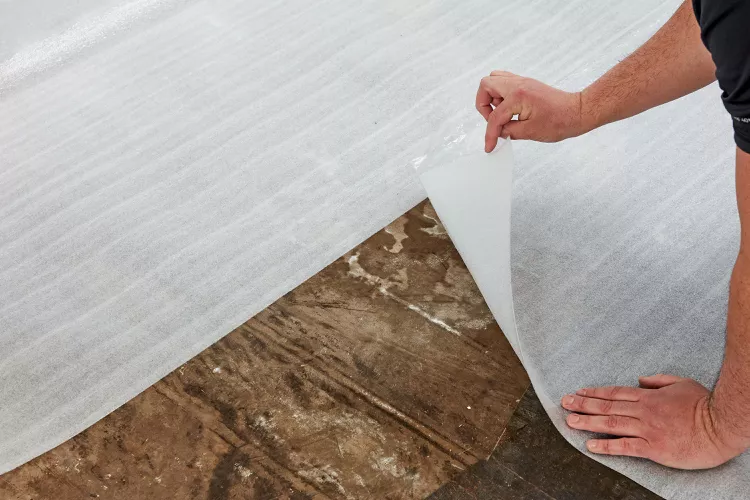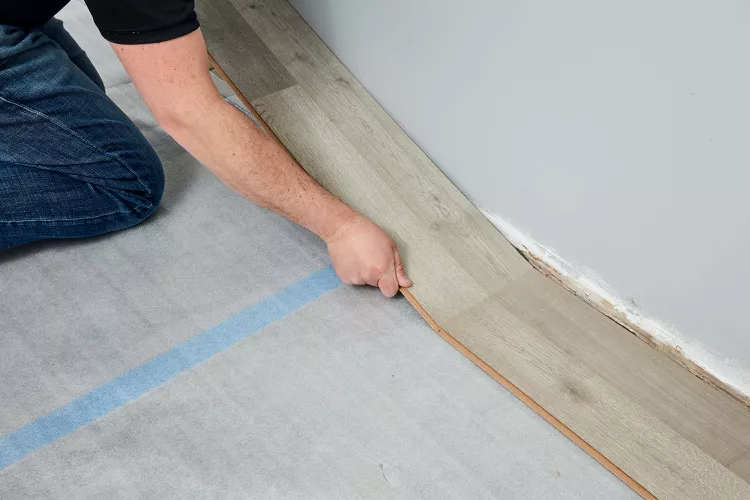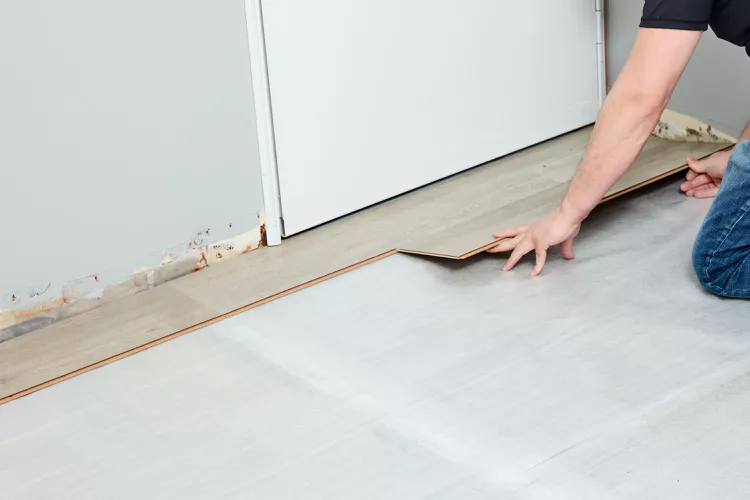Introduction
Laminate flooring is not difficult to install yourself, even for beginners. Once you’re done installing your floor, you’ll wonder why anyone pays professional installers to do it.
Unlike ceramic tile, laminate floors are installed dry—no mortar, grout, or adhesives required during installation. is at work And unlike solid wood flooring, which must be nailed down, laminate snaps together and locks into place. Laminate flooring is a floating flooring material that is not attached to a subfloor or substrate. Installing laminate flooring is like putting together a large puzzle and should take no more than a day in almost any room.
Here’s what you need to know about installing laminate flooring.
Before you begin
The best way to install laminate flooring is to start with a base or an old floor that is flat, smooth and clean. A foam plastic underlay is required for the laminate floor.
Before starting the installation of the laminate floor, remove all baseboards and padding from the perimeter of the room, as well as any heating resistors or ventilation covers installed on the floor. Sweep and/or vacuum the entire floor thoroughly.
Instructions
1. Try out floor layout
Try and adjust the laminate boards to see how they fit in the room. In a small to medium-sized room, it’s easiest to use the floor itself instead of measuring and calculating.
Place the tables side by side across the room. The side joints can be locked together or simply pressed against each other; just be careful not to walk on the floor unless the joints are locked together.
Next, move the boards end to end. Be careful not to lock the boards together. This creates a lock that is difficult to open and can damage the edges.
Once you understand the general layout, pull up the boards and stack them in a nearby area.
2. Install an underlay
Sheet fabricators We always recommend installing an underlay for laminate flooring. This thin layer of dense foam helps absorb sound, forms a thermal barrier, makes the laminate more comfortable to walk on, and helps smooth out small gaps and bumps in the subfloor.
Pull the underlayers and touch the edges. together so that they touch but do not overlap. Tape the seams according to the manufacturer’s recommendations. Some coasters have removable adhesives that are used to hold the pieces together.
Use a utility knife to cut the baseboard to fit against the walls and railing.
3. Start the first row of wire
Cut tongues (not grooves) out of the boards that line the first wall. This is often easy enough to do with a sharp knife or using a table or circular saw.
Start laying the first row on the longest wall with the cut edges of the boards against the wall. Start on the right and work on the left. Place the full-size board against the wall, about 1/4 to 3/8 inch (according to the manufacturer’s instructions) away from the wall, making sure the edge of the groove is facing out. Place scraps of wood between the floor and the wall to maintain this gap.
4. Finish the first row
When you reach the left end of the first row, the last plank is probably too long. Measure the required length and transfer the measurement to the full size board, measure from right to left so that the tongue of the board rests on the last full board. Don’t forget to consider the spread of the wall.
Cut the board with a circular saw or jigsaw. Save the cut end. This forms the first floor of the second row, starting from the right side of the room.
Insert the last cut piece on the first floor row and attach the end seam and groove as before. The pull bar is especially handy at the end of a row.
Insert the last row
If you are unlucky, the last row of boards will have to be ripped out to complete the installation of the room floor. Mark the boards in this last row to rip, making sure to leave a 1/4-inch expansion between the floor and the wall. Cut the last row of boards with a circular saw, table saw or jigsaw.
Common Mistakes When Installing Laminate Flooring
A common mistake when installing Laminate wooden flooring is to try to install it over an old floor covering like vinyl that is soft or cushiony. This can be especially true when installing laminate floors in the kitchen and bathroom compared to the living room and bedroom, as moisture in these areas may have caused the old floor to warp or soften.
If the old floor is damaged or uneven, it will have to be removed. Then, before installing the underlayment and laminate flooring, lay down a thin layer of rigid plywood to act as a flat, strong base.








